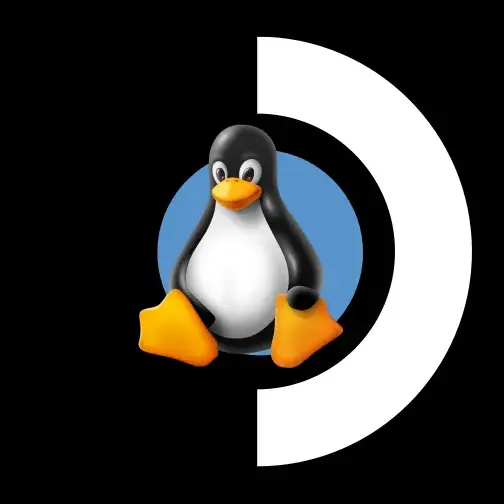And then you can immediately solve the issue with programs arbitrarily adding things to your rc file by running:
add exit
And then you can immediately solve the issue with programs arbitrarily adding things to your rc file by running:
add exit


More wishful thinking of this person than fact. The more to SPA and all the focus on javascript frameworks is more likely to be related to this shift than linux. But I get it, the writer knows that the ground is shifting and is trying to connect things that they and other people dislike into one big bad.
Happy with gentoo moved back after 14 years away, (ran 2003->2009, 2023->now) I like it because I can easily and sustainably make anything a package and build it as minimal as I like, along with easily modify packages (ebuilds) and flags as needed.
I liked 3 a lot, it introduced a lot of new elements paving the way for world. But world IMHO is better.


Anyone know the technicals behind this?


Thanks. Convinced me to give it a go


I like kdiff3, vimdiff, and … intellij. Kdiff3 and intellij do “directories / file structures” too but I’m not sure the level you want it. Neither are cli though.


Be wary of any article talking about shortages as it’s a supply demand curve and the demand is the one posting. Also in Vic for people with a degree they can get a 1-year teaching diploma rather than a 4 year education degree, so the supply could quickly scale up if it was an actual attractive option, teaching isn’t exactly a occupation where people don’t know it exists so it has a lot of visibility.
I ran Gentoo Linux 2003 to about 2008. I initially picked it up because of a hype. However, I loved the degree of customisation over the system that I got at the time. The install process teaches you of alternatives to things that distributions would include. It gave me a lot more choice as to what I used with my system and the process of installing. It definitely made me understand how the system worked a lot more.
I reinstalled it 2023 and I’m still using it too today. My reasons are different now. One is a hint of nostalgia. However, another is the package manager. Since the package manager is only text files, it is very easy to extend and change with your own packages. Releasing packages on other systems is much more involved process.
Another reason is when you compile the code yourself you can choose the options to some it degree with use flags. I still build my own kernel as I can choose what to include and I think I will be moving to a unified Kernel in efi soon and do away with grub.
Using Gentoo compared to most other distributions the system feels more open and more malleable.
While I do consider arch rather similar and I did use it for a couple years. The AUR scared me a bit.


I’m looking for something similar. I did start a project for something more general but, incomplete project pile.


I’ve gotta finish SC. Sadly I started full time work around the time of it’s release.


The article makes it sound like it’s marketing, I’m going to guess it’s because internet advertising doesn’t work with the audience they want or they got some diminishing returns. Sounds expensive though.


What are the requirements for getting something on the list?


Never forget never forgive.
Udemy with email: Udemy gets your email, and will probably require a verification process to verify that you own it:
Udemy with Google Sign in: You click through in your browser, to authorize Udemy to obtain some details (usually just email + basic profile details), Udmey gets a “token” (effectively a random string) which they can send to google to retrieve these other details, and verify you still have an account and you (or google) haven’t revoked access, which they can use now and in the future. They don’t need to verify your email as they have a token that is “proof” already. To you it’s a click through, to everyone else it’s a bit more complex. If Udemy has a data leak, if they didn’t store your email directly, it’s possible that the token could be reset before someone is able to obtain it. But it’s unlikely they aren’t obtaining the email address as soon as you log in and storing it.
Biggest issue I’ve encountered a couple times is some applications like Gitlab etc it’s much better to use the backup process they provide than to try with disk copies etc. Although I haven’t tried to use a btrfs send but rsync / cp / tar etc all seem to fail with the special files and extended fs attributes.


I get the UX issues but it’s those features which is what add value to me sadly especially when it’s integrated into one entity. I find dolphin substantially less flexible in a way that limits my workflow. I am not sure if a compromise exists between perfect UX and good functionality. The plugin architectural approach isn’t working with KDE as the plugins need to be distribution managed.


It’s a great app! Not all of it has been replaced, like the man:// and info:// kpart
Probably because there is no interest in open standards. I find ical is more a file format than a transport format, an actual standard protocol around it would be great. Although I suspect that the “transport” was always supposed to be email.
When I’m contracting at a client sometimes they have boot strap scripts which push configuration out to your rc files that I want to gate. (Usually b/c I am using my own equipment or doing something a little strange.)